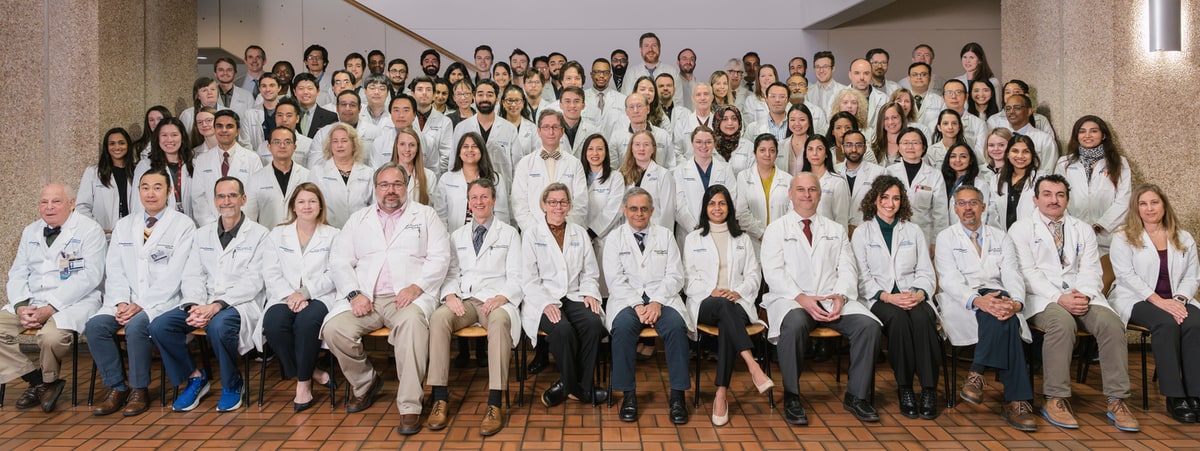History of the Department of Neurology
The history of our department is embedded in the history of its parent institution, UT Southwestern Medical Center, founded in 1943 as Southwestern Medical College, with 17 full-time faculty members and 200 students.
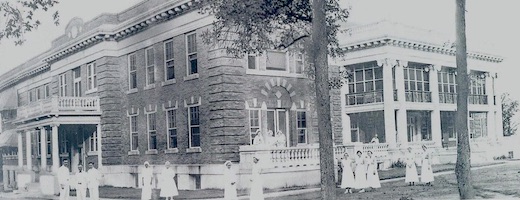

The University of Texas Southwestern has grown considerably from its humble beginnings. Now there are more than 3,000 full-time faculty and the school is the largest medical school in the University of Texas system and the home of six Nobel Prize recipients.
UT Southwestern is consistently ranked as the top institution globally in the Nature Index of healthcare institutions in the biomedical sciences category for publishing high-quality scientific research, a testament to the impact of our research community.
Neurology's Beginnings at UT Southwestern
The UT Southwestern Department of Neurology has a long and distinguished history of achievement in teaching, research, and outstanding patient care. Its history as an independent department began in 1973, although neurology had long been practiced within the Department of Medicine prior to that. The Division of Neurology in the Department of Medicine was led by Sven Eliason, M.D., and David Daly, M.D.
First Neurology Chair
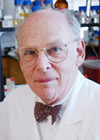
In 1973, Roger N. Rosenberg,M.D., recruited from the University of California at San Diego, became the first Chair of an independent Department of Neurology.
Dr. Rosenberg, who trained at the Neurological Institute of New York and the National Institutes of Health, brought a brand of neurology that was strongly grounded in clinical practice while at the same time being intensely research-focused and scholarly, setting the tone for high standards of clinical care and scholarship within the department.
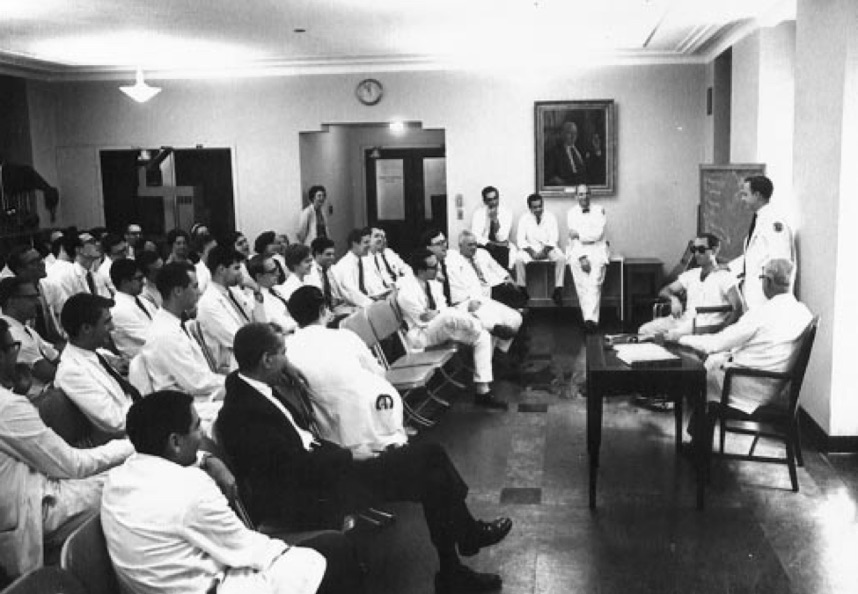
Dr. Rosenberg (seated under painting), as Chief Resident at the Neurological Institute of New York, 1968.
Dr. Rosenberg established comprehensive clinical-teaching services at five hospitals and extensive laboratory-based research programs covering all of the major disciplines of neurology. During his 18 years as Chair, Dr. Rosenberg established the presence of neurology at Parkland Memorial Hospital, the Dallas Veterans Administration Hospital, Scottish Rite for Children, Children's Medical Center, and subsequently at UT Southwestern's Zale Lipshy University Hospital, now known as Zale Lipshy Pavilion.
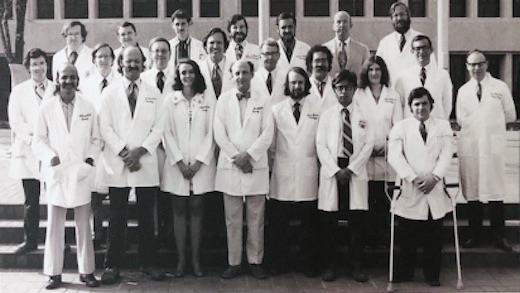
Under Dr. Rosenberg's leadership, the Neurology Residency Program was approved by the American Board of Psychiatry and Neurology in 1974. The first class of four residents began training in July 1974, and the Adult Residency Program gradually increased to a total of 15 residents (five per year). Among the illustrious trainees during that period was Dr. Bruce Beutler (resident from 1981–1983) who was awarded the Nobel Prize in Physiology or Medicine in 2011. A residency program in pediatric neurology was also added and post-residency fellowship programs were initiated. In addition, a clerkship for junior and senior medical students was incorporated into the clinical services at the five hospitals. From a division of two, Dr. Rosenberg oversaw the growth of the department to 25 faculty members, encompassing all major neurological subspecialties.
1992-2019
Clifford Schold, Jr., M.D., recruited from Duke University, served as Department Chair from 1992 to 1998. He coordinated several large, federally funded clinical studies in neuro-oncology, as well as UT Southwestern's first gene therapy trial for glioblastoma.
Richard Barohn, M.D., a department leader, served as interim chair from 1998 to 2001.
In 2002, Steve Cannon, M.D., Ph.D., recruited from Harvard Medical School, was appointed the Chair of Neurology. While Chair, he continued to develop and expand the educational, research, and clinical goals of the department. The faculty increased to 35 full-time members, many of whom directed independent, externally-funded research laboratories. The department expanded to feature a world-renowned Multiple Sclerosis Center on north campus.
Mark Goldberg, M.D., Ph.D., recruited from Washington University in St. Louis, became Chair of Neurology in 2010. Under Dr. Goldberg's leadership, UT Southwestern's Department of Neurology launched a new initiative to seek effective treatments for brain diseases, with a strong focus on neurotherapeutics.
Steven Vernino, M.D., Ph.D., recruited from Mayo Clinic in 2004, and a long-time leader in the department, became Interim Chair in 2019, during which time the department underwent an important period of growth and development, particularly in the clinical and educational arenas, with the number of faculty reaching 68, a number that was nearly triple that during the Rosenberg era.
2020: Dr. Elan Louis

Elan Louis, M.D., M.S., recruited from Yale University, became the Chair in 2020, with the goal of carrying on the work of his predecessors and continuing expansion and growth of research, clinical, and educational efforts. Close ties with the Peter O'Donnell Jr. Brain Institute at UT Southwestern facilitate joint resources to support a range of unique programs within the department and across the medical center. Since Dr. Louis’ arrival, the faculty has continued to expand, now with 93 full-time faculty with primary appointments and approximately 50 full-time faculty with secondary appointments. Several new departmental sections have been added, the neurology residency has expanded so that it is in the top five in the nation in terms of size, and there has been a quadrupling of NIH funding.
